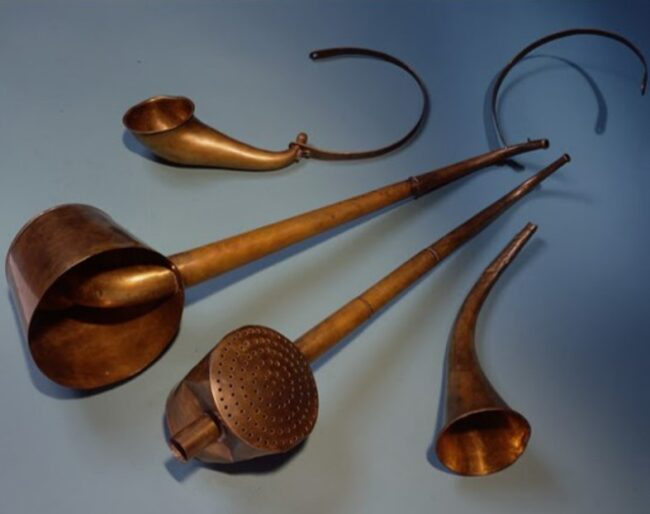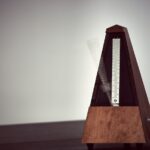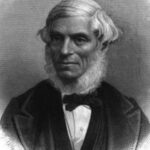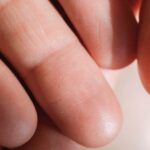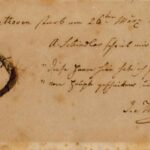Ear trumpets had helped people with hearing difficulty for centuries. It helped Beethoven, too! What is this aid and how it works?
Beethoven loosing his hearing
Beethoven first experienced troubles in his ears in 1798, at the age of 27. Until that point he had perfect hearing, something a musician should have! Initially, he kept his problems a secret and not until three years later that he first revealed his medical condition to his childhood friend, Franz Wegeler. In his letter Beethoven confesses that “it started three years ago” and that he has a sad and empty life since then, as “…my poor hearing haunted me everywhere like a ghost; and I avoided—all human society. I seemed to be a misanthrope and yet I am far from being one.”
The problem in the beginning effected mostly the left ear and higher pitch sounds. Unfortunately, it was not only about loosing a spectrum in hearing, but tormenting buzzing noises in his ears, too. By 1816, at the age of 46, he became completely deaf.
Naturally, Beethoven sought help where he could. Some doctors and the treatments proposed by them were more charlatanism than cure. Some downright poisonous. One form of real help he found was the ear trumpet.
What is the ear trumpet?
The ear trumpet is a hearing aid, based on common sense physics. It is a funnel-shaped (sometimes tubular) device that on one end collects sound waves and on the other leads them into the ear canal.
This is a passive device in a sense that there is no amplification in the process, however, it does concentrate the sound energy and its impact onto the eardrum. This way it does improve hearing.
Depending on age and technological advancement, ear trumpets were made from animal horns, snail shells, wood or later metals.
The first scientific written evidence of an ear trumpet is from the French Jesuit priest and mathematician Jean Leurechon, in 1634. In the coming centuries ear trumpets became popular with many new forms and innovations. In general, they got smaller and more sophisticated in manufacturing.
The last ear trumpet manufacturing company, F. C. Rein and Son of London, closed its activity in 1963.
Beethoven and his ear trumpets
Johann Nepomuk Maelzel (Mälzel) (August 15, 1772 – July 21, 1838) was a German inventor and engineer, but even more a showman. Among his inventions and mechanical entertainment devices are the metronome, the panharmonicon or The Turk (a fraudulent chess-playing machine).
During the years Maelzel stayed in Vienna, he became a friend to Beethoven. The composer often visited Maelzel’s workshop and watched the man create. The handy-man made four ear trumpets for him. These aids helped, but for what extent and how long, it is unknown. The time, when even shouting into the trumpets did not help, certainly came. After that, conversation books took dominance in his communications.
Beethoven for several years used more kinds of ear trumpets, but he preferred the ones from Maelzel. We know of a Viennese publisher who held a silver ear trumpet, should the Master visit him.
After the passing away of Beethoven, some of his ear trumpets were stolen by Schindler. What remained, four of them, now are at the Beethoven Museum, in Bonn.
